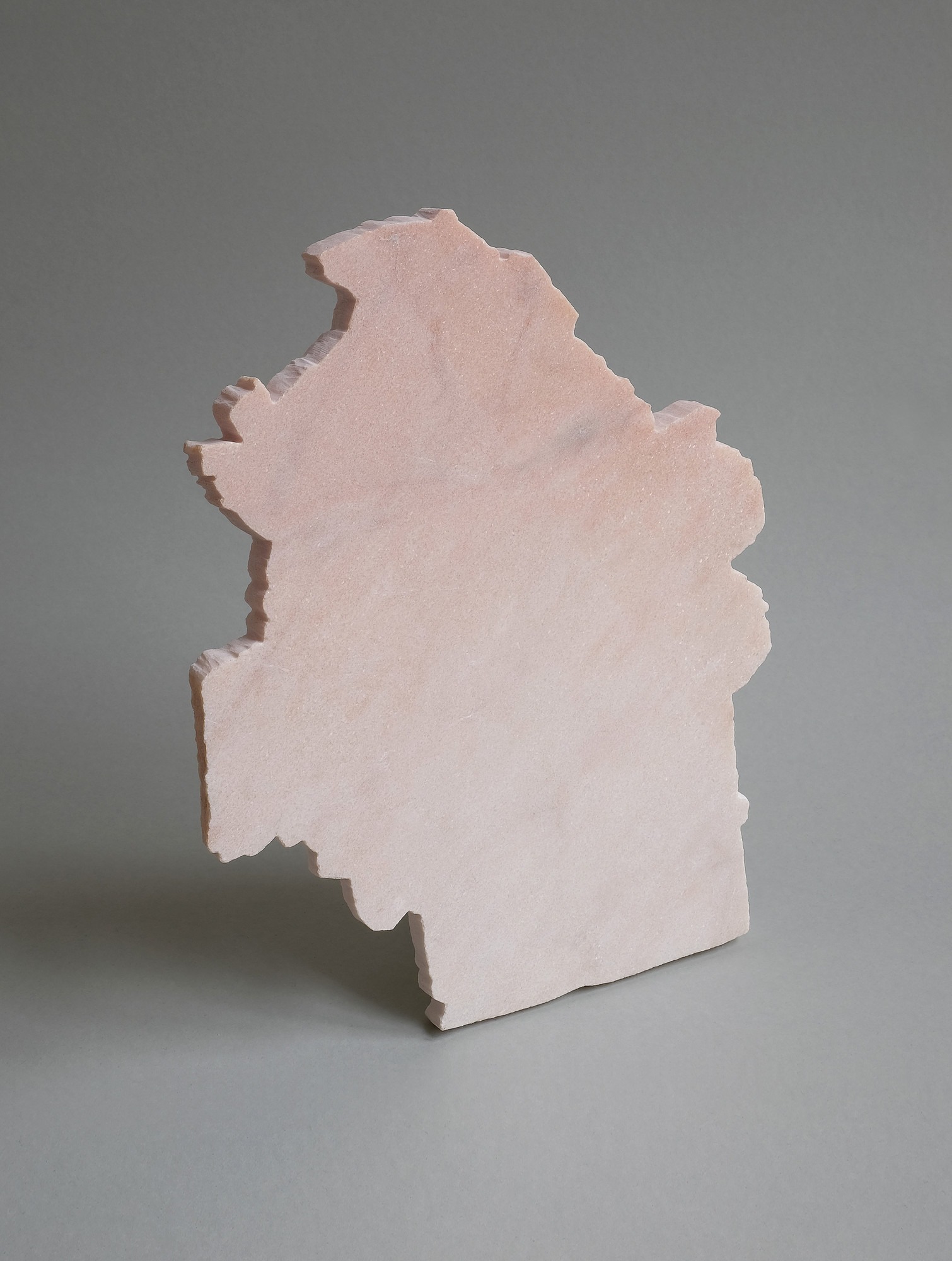Talya Lubinsky
Marble Dust
17 Jan - 09 Feb 2020
TALYA LUBINSKY
Marble Dust
17 Janury – 9 February 2020
Talya Lubinsky’s work contemplates the material relationship between permanence and disintegration embodied in memorial sites and the landscapes of cemeteries. It is at these places where the ostensibly permanent comes into contact with the ephemerality of the disintegrating body. From this inherent tension the artist poses questions about loss and return, absence and presence.
Research on cemeteries in South Africa led Lubinsky to Mamelodi township, North of Pretoria. Mamelodi Cemetery is the place of burial of black political prisoners hanged by the Apartheid state in the 1960s. From 2016 – 2019, the human remains of the murdered activists have been exhumed and returned to the families of the deceased. Almost 60 years after their burial, the bones have disintegrated to the point that they have become dust, indistinguishable particles dispersed within the earth. In the cemetery offices, pages of old ledger books containing grave numbers, names and dates of burials are strewn across the floor and piled in boxes. The paper is disintegrating and torn.
For her exhibition at Künstlerhaus Bethanien, Lubinsky has traced the contours of these decomposing pages and carved them out of marble slabs that she arranges in the exhibition space. The fragility of the paper archives is inverted when it is rendered in marble, a stone that is commonly used for headstones. Marble is also a substance made from the calcium of bones and shells of sea creatures, compacted by heat and geological time. Here, taking seriously the inherent material qualities of commemorative forms becomes a productive tool for contemplating their meaning.
Marble Dust
17 Janury – 9 February 2020
Talya Lubinsky’s work contemplates the material relationship between permanence and disintegration embodied in memorial sites and the landscapes of cemeteries. It is at these places where the ostensibly permanent comes into contact with the ephemerality of the disintegrating body. From this inherent tension the artist poses questions about loss and return, absence and presence.
Research on cemeteries in South Africa led Lubinsky to Mamelodi township, North of Pretoria. Mamelodi Cemetery is the place of burial of black political prisoners hanged by the Apartheid state in the 1960s. From 2016 – 2019, the human remains of the murdered activists have been exhumed and returned to the families of the deceased. Almost 60 years after their burial, the bones have disintegrated to the point that they have become dust, indistinguishable particles dispersed within the earth. In the cemetery offices, pages of old ledger books containing grave numbers, names and dates of burials are strewn across the floor and piled in boxes. The paper is disintegrating and torn.
For her exhibition at Künstlerhaus Bethanien, Lubinsky has traced the contours of these decomposing pages and carved them out of marble slabs that she arranges in the exhibition space. The fragility of the paper archives is inverted when it is rendered in marble, a stone that is commonly used for headstones. Marble is also a substance made from the calcium of bones and shells of sea creatures, compacted by heat and geological time. Here, taking seriously the inherent material qualities of commemorative forms becomes a productive tool for contemplating their meaning.

